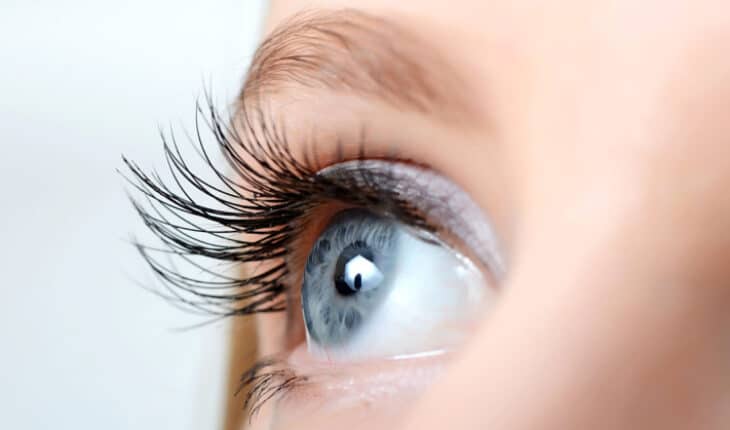University of Melbourne researchers addressing the global challenge of corneal blindness – caused by disorders that damage and scar the transparent layer of our eyes – have welcomed a $35 million grant from the Australian Government Medical Research Future Fund (MRFF) to support the development of a world-first tissue engineered cornea.
The funding has been awarded to BIENCO, which is working to cure one of the most common causes of blindness in the world by developing cost effective, individually tailored, superior corneas. Currently, donor corneas are available for only 1 in 70 patients globally.
BIENCO is a consortium led by the University of Sydney that comprises leading corneal bioengineers and medical experts from the University of Melbourne, University of Wollongong, Queensland University of Technology, The Centre for Eye Research (CERA) and NSW Health. BIENCO is developing technology that will be able to provide corneal tissue to surgeons throughout the world, including countries that do not have sufficient eye banks to supply corneas for safe transplantation.
University of Melbourne researchers from the Faculty of Engineering and Information Technology, together with scientists and surgeons from the Centre for Eye Research Australia, will continue their critical work developing a bioengineered cornea implant for treating corneal blindness, which could improve patient outcomes in up to 60 per cent of current corneal transplants.
University of Melbourne Professor Greg Qiao, a BIENCO Chief Investigator, said the MRFF funding could aid in solving cornea shortage issues globally.
“The funding will allow us to continue our work, through BIENCO, in developing an endothelial transplant with the potential to produce multiple synthetic corneas using a single donor tissue,” Professor Qiao said.
“Our work through the Hygelix project, a partnership with the Centre for Eye Research Australia and Eversight, funded by the Victorian Government, has seen the production of a purely synthetic and biodegradable hydrogel, capable of supporting a delicate corneal tissue for eye surgery, which has made it possible to improve the outcomes of cornea transplant surgeries for patients with corneal disease.
“Our ultimate goal is to develop the technology where we can grow cells on the hydrogel and produce as many as 30 synthetic grafts from one donor tissue. This would help alleviate the global shortage of donor corneas.”
The development of a synthetic cornea and other project outcomes will restore vision for millions of people around the world, providing access to people living where corneal transplants are not available.
CERA’s Head of Corneal Research Prof Mark Daniell said bioengineered corneas would revolutionise corneal transplant surgery and eye banking around the world.
“My hope for the research is that we will be able to provide a tissue-engineered donor cornea for everybody who needs one,’’ he said.
University of Melbourne Deputy Vice-Chancellor (Research) Professor Mark Cassidy said the research is a wonderful demonstration of engineers and medical experts from across Australia collaborating for the greater good.
“The University of Melbourne is very pleased to be partnering with our university counterparts, the Australian Government, NSW Health and the Centre for Eye Research Australia here in Melbourne on this research, which will address a critical need around the world,” Professor Cassidy said.
For more information visit www.biencovision.com.au.
- Combination of drugs could prevent thousands of heart attacks - 21st April 2025
- UQ Study Links Poor Teen Diets to Heavy Social Media Use - 21st April 2025
- Gut microbiome could delay onset of type 1 diabetes - 3rd April 2025






